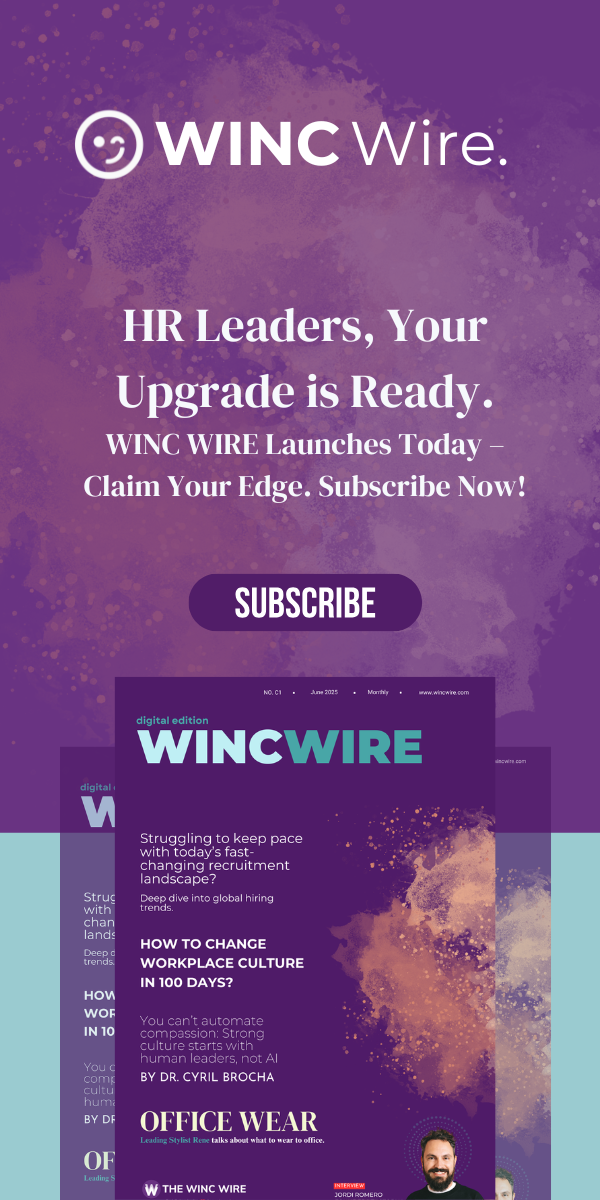Culture. We speak about it often, yet few truly grasp its weight. It’s not the slogan on a coffee mug or the laminated mission statement hanging in reception. Culture is the invisible weave binding every decision, conversation, and collaboration across your organisation. It’s the undercurrent that either drives performance or quietly disrupts it.
As someone who has helped steer workforce transformations across hospitality, HR, and infrastructure, I’ve seen it firsthand: culture can either sharpen your competitive edge or slowly blunt it. Managed with intent, it becomes your most powerful differentiator. Ignored, it becomes the silent saboteur of progress.
More Than Words: Culture Lives in the Everyday
Culture isn’t created in annual all-hands meetings. It takes root in the everyday — how feedback is exchanged, how decisions are made under pressure, and how leadership behaves when no one’s watching.
It’s the subtle but defining force behind how people feel, work, and stay connected to purpose.
And yet, the culture most organisations need rarely matches the one they have. This is what I call the “culture gap” — and bridging it is where high-performing organisations separate themselves.
Why Culture Is More Than a ‘Nice-to-Have’
Let’s be clear: culture is not an HR tick-box. It’s a strategic lever.
- It strengthens engagement. Teams aligned to a healthy culture are more energised, creative, and loyal.
- It magnetises talent. The right culture attracts people who thrive, while a toxic one silently repels them.
- It boosts performance. Organisations with strong cultures consistently outperform the rest.
- It can’t be copied. Strategies are replicable. Products can be reverse-engineered. But culture? That’s uniquely yours.
When your culture and strategy work together, they become a force multiplier. When they clash, progress slows, no matter how sharp your business model may be.
Bridging the Gap: A Practical Framework
From advising leadership teams across continents, I’ve found the most sustainable cultural shifts happen through small, deliberate acts, not grand gestures. Here’s a roadmap:
1. Define the Culture You Need
Ask yourself:
- What behaviours will deliver our strategic goals?
- How should our people and partners experience our values in action?
- What leadership approach will enable long-term success?
If agility or innovation is key, champion behaviours like curiosity, collaboration, and calculated risk-taking.
2. Diagnose the Culture You Have
Use a blend of insight tools:
- Pulse surveys to understand sentiment.
- Focus groups to unpack nuance.
- External signals, like Glassdoor reviews or social posts to gauge public perception.
The aim is clarity, not blame. Know where you stand before you set the course.
3. Close the Gap, Intentionally
Here’s where many falter. Execution matters:
- Align policies and practices to reinforce your values.
- Equip leaders to model the right behaviours.
- Shine a light on everyday wins — stories that show the culture in action.
Beware the Pitfall: Culture-Washing
Culture isn’t theatre. You can’t say one thing and do another.
If you claim to champion work-life balance but reward burnout, trust erodes. People spot the disconnect instantly. Culture must be lived, not just spoken.
Embedding Culture into the Fabric
Culture isn’t a campaign. It’s a continuous commitment.
- Align strategy and culture. Every decision — from recruitment to recognition — should reinforce your cultural identity.
- Create feedback loops. Make it safe (and expected) for people to voice what’s working and what’s not.
- Leverage technology. Use analytics to monitor cultural signals — collaboration patterns, engagement levels, and values alignment.
- Celebrate alignment. Recognise those who embody your values. These stories shape the culture more than posters ever will.
The Real Bottom Line
Culture isn’t static. It evolves with your people, your leadership, and your market pressures.
Treat it as a living system that requires tuning, tending, and attention. When done well, culture becomes more than a backdrop—it becomes your organisation’s heartbeat.
To lead a culture-first organisation:
- Know where you want to go.
- Be honest about where you are.
- Act with intention to close the gap.
- Embed it in your systems, language, and everyday choices.
The organisations that thrive tomorrow are those investing in culture today, not as an afterthought, but as a strategic imperative.
Let’s Build Something Better — Together
If this message struck a chord, it’s only the beginning.
I regularly share frameworks, insights, and stories from the front lines of HR, leadership, and organisational change. Follow me here or on LinkedIn for practical ideas on creating future-ready, people-first workplaces — not just in theory, but in action.
Culture doesn’t fix itself. But with the right mindset, the right tools, and a bit of courage, we can shape something truly extraordinary.
Let’s keep building.





